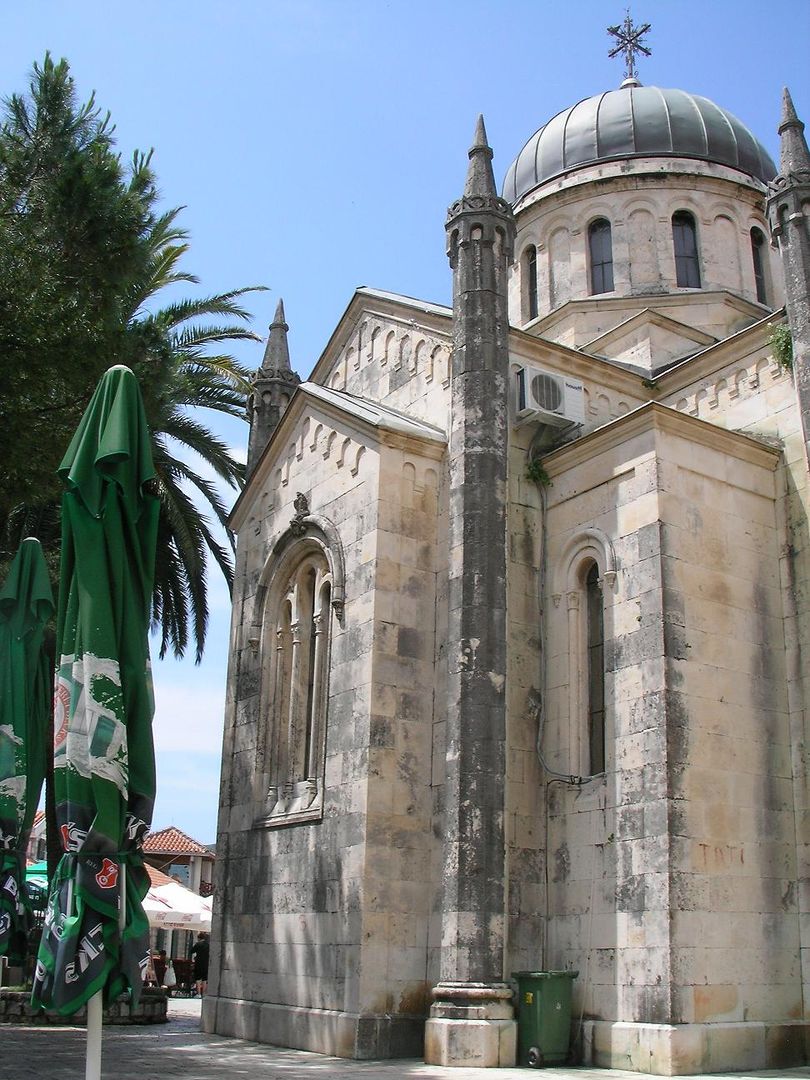Herceg Novi
6.4

Overview
Herceg Novi is a coastal town in Montenegro, located at the western entrance to the Bay of Kotor and at the foot of Mount Orjen. It was founded in 1382 by the King of Bosnia, Tvrtko I Kotromanić, initially as a fortress and named after St. Stephen, but it quickly gained the nickname Novi, meaning "new." The town has a turbulent history, having been under the rule of various powers, including the Ottoman Empire and the Republic of Venice, which influenced its diverse architecture. Herceg Novi is home to numerous historical landmarks, such as the Forte Mare Castle from 1382, a 19th-century clock tower, and the Ottoman-era Kanli Kula. The town is known for its variety of Orthodox churches and monasteries, such as the Savina Monastery and the Church of St. Elijah. The climatic conditions, including a microclimate favorable for cultivation, have contributed to the development of tourism, and Igalo, a nearby town, is famous for its healing sea mud. Herceg Novi is an important cultural center, hosting numerous festivals, including opera events, and artistic gatherings, such as the mimosa festival. In 1970, the town hosted a renowned chess tournament with the participation of four world champions. After World War II, Herceg Novi became part of Montenegro within socialist Yugoslavia, and after its dissolution, it regained its role as a tourist hub. The town is known for its beautiful views, with up to 200 sunny days per year. Although it has few beaches, organized boat trips allow tourists to easily reach charming beaches on the Luštica Peninsula.
Location
Country
2025 Wizytor | All Rights Reserved